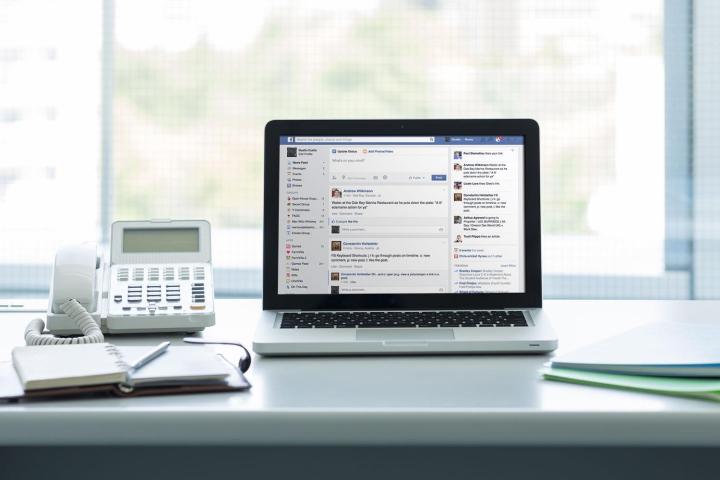
The study, published in the Massachusetts Institute of Technology’s Journal of Cognitive Neuroscience, tries to answer a question scientists have been researching for at least two decades: What is the brain doing while at rest? Scientists have always known that our brains keep busy all the time, but they haven’t been able to figure out what it’s actually doing. In the study, what the UCLA scientists uncovered is that even when we have a bit of quiet downtime to ourselves, “the brain has a major system that seems predisposed to get us ready to be social in our spare moments,” says Matthew Lieberman, a UCLA professor of psychology and of psychiatry and bio-behavioral sciences, and one of the study’s authors.
“When I want to take a break from work, the brain network that comes on is the same network we use when we’re looking through our Facebook timeline and seeing what our friends are up to,” adds Lieberman, who is an expert in social cognitive neuroscience and an author of Social: Why Our Brains Are Wired to Connect. “That’s what our brain wants to do, especially when we take a break from work that requires other brain networks.”
The researchers surveyed 10 men and 11 women, from ages 18 to 31 – all recruited from UCLA. The study involved the participants viewing 40 photographs in three sets, with their brain activity recorded using functional magnetic resonance imaging (fMRI). According to the UCLA press release, “Most of the photos showed people performing actions in a social setting and expressing a certain emotion. In one set of 40 photographs, images were paired with captions that reflected the person’s mental state – ‘He is feeling bored’ or ‘She is expressing self-doubt,’ for example. The second set of photos had identical images, but with captions that merely described what the person was doing – ‘He is resting his head’ or ‘She is looking to her side.’ And a third set of images depicted a number accompanied by a simple mathematical equation – for example, ’10: 18-8.'”
The participants were asked if the captions accurately describes the images. One conclusion the researchers found was that in the regions of the brain that were active while viewing the first set of images (emotion), the same areas were active during periods of rest; those areas weren’t as active when looking at the two other sets. Also, one part of the brain, the dorsomedial prefrontal cortex (which turns on when we dream and when we think about other people), was more active during rest, before participants were asked to look at photos; the participants “made significantly faster judgments if the next photo they saw presented a statement about the person’s mental state,” the researchers found. As Lieberman says, the brain is preparing itself to react quicker when it moves from rest to social. Interestingly, the dorsomedial prefrontal cortex was less active when participants viewed the other two set of photos, even if they were the same photos but with non-emotional captions.
“It’s the same photograph; the only thing that differs is whether the caption is mind-focused or body-focused,” says lead author Robert Spunt, a postdoctoral scholar at the California Institute of Technology who conducted the research while at UCLA. “It’s remarkable.”
The study doesn’t mention Facebook or other social networks specifically, but Lieberman suggests there’s a connection. In general, it could also explain why many people want to socialize with others in the workplace.
While scientists have known that humans distract themselves during work by jumping onto social media, there’s now a study that attempts to explain why. So the next time your boss tells you to stop goofing off, say it’s a medical condition.
Editors' Recommendations
- You can now use the Add Yours sticker on Reels for Facebook and Instagram
- Facebook vs. Facebook Lite: Which is best for you?
- We now have scientific proof that quitting Facebook makes you less depressed
- Facebook now allows you to opt out of those ads that target your tastes

